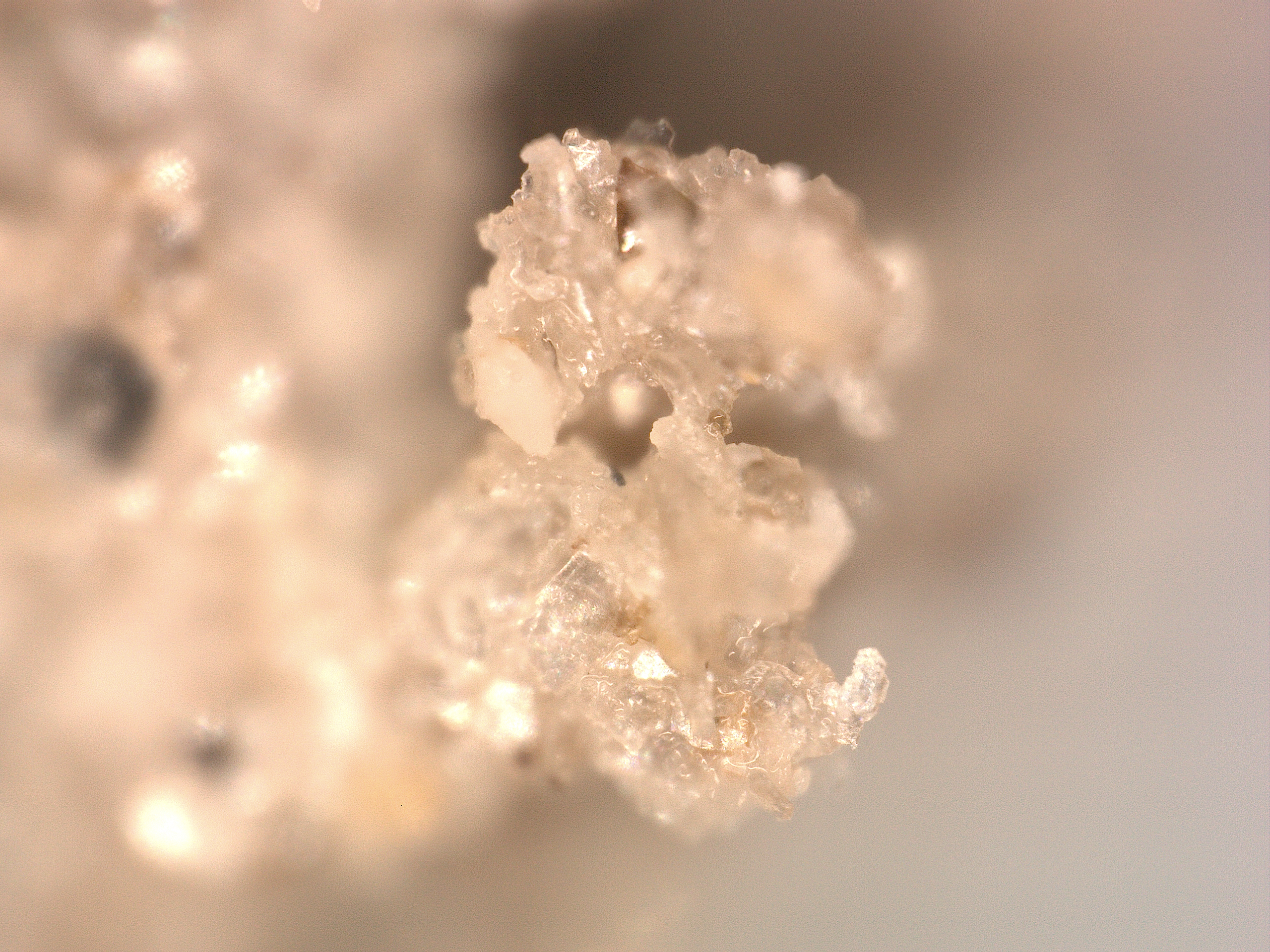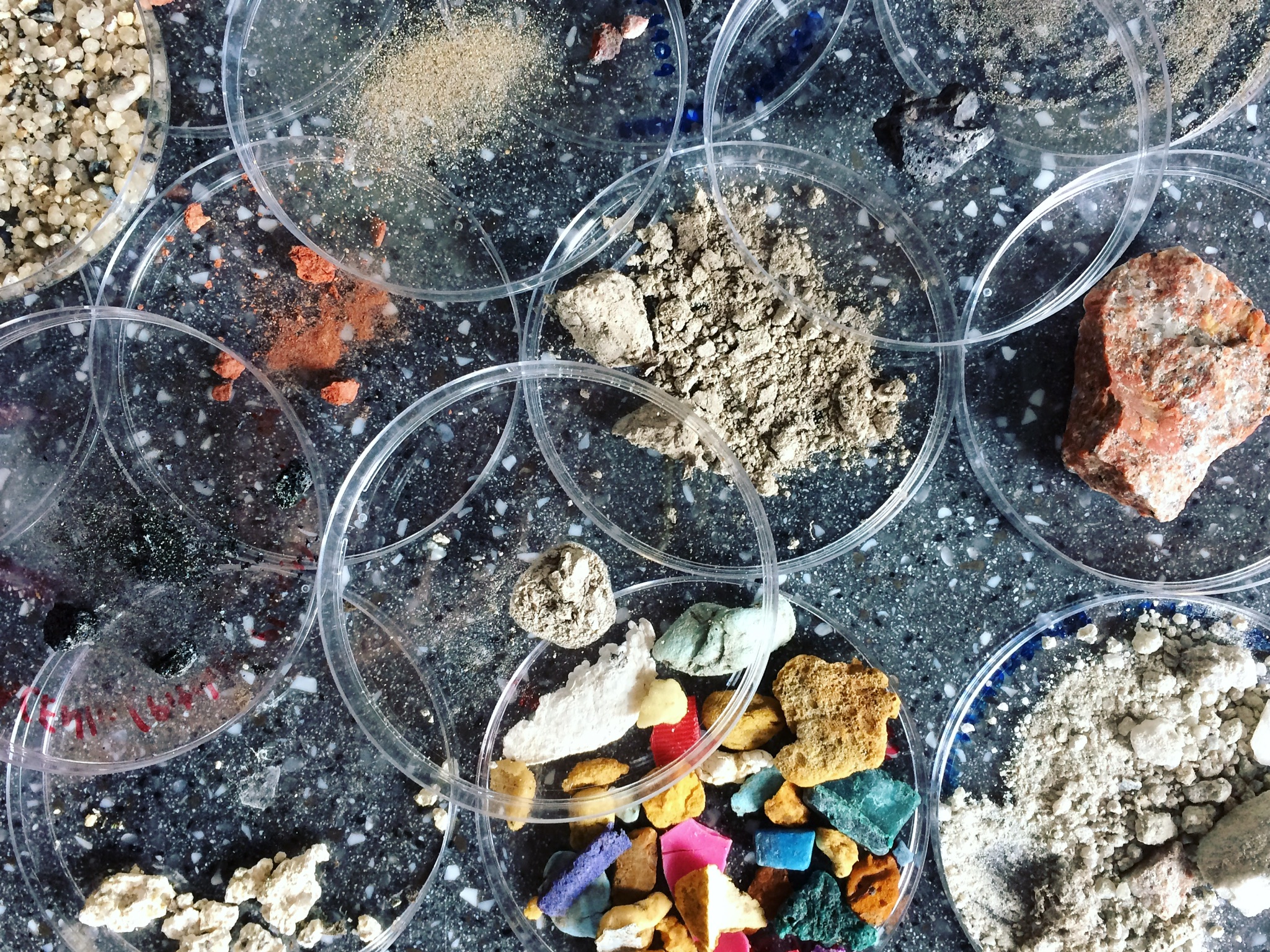July - October 2018







Sands, silts, clays and other unknown waste materials collected on walks across Cornwall’s Clay Country were the starting point for my residency at Eden. I was interested in looking at geological samples that had been displaced or changed due to the industry in the area. I walked around quarries, up spoil heaps, along river beds and on beaches, in search of samples that had come to be in that place due to human activity. I spent five days looking at my samples under the microscope in the laboratory at Eden, with support and insights from the lab technicians taking digital images to record what I was seeing. Clay; its properties, potentials and limitations, has always fascinated me, and it was a completely new experience to be able to look at it in its raw form at such a high level of magnification.


Following this initial research I went on to create a series of ceramic discs, using some of the materials I had collected. These discs were taken back to Eden and placed in petri dishes for further viewing by both me and members of the public. Images taken from this second round of investigation suggested topographies from other planets or galactic skies.






Spending time in a laboratory was a new experience and it enhanced my interest in the processes involved in scientific classification; many of the samples that I collected were tricky to identify due to being created as a by-product from smelting processes and human activity. The microscope I was able to use was incredible, and yet there was always a bit of something that you couldn't fully see, and as such the process of looking was completely addictive. I'm hoping to further explore these grey areas, of unknown materials, unseen places, and our desire to categorise the world in the next work I make.
For further info about the residency and the other residencies that were part of Invisible Worlds, check out the blog post on the FoAM website. or take a look at the Eden Project.